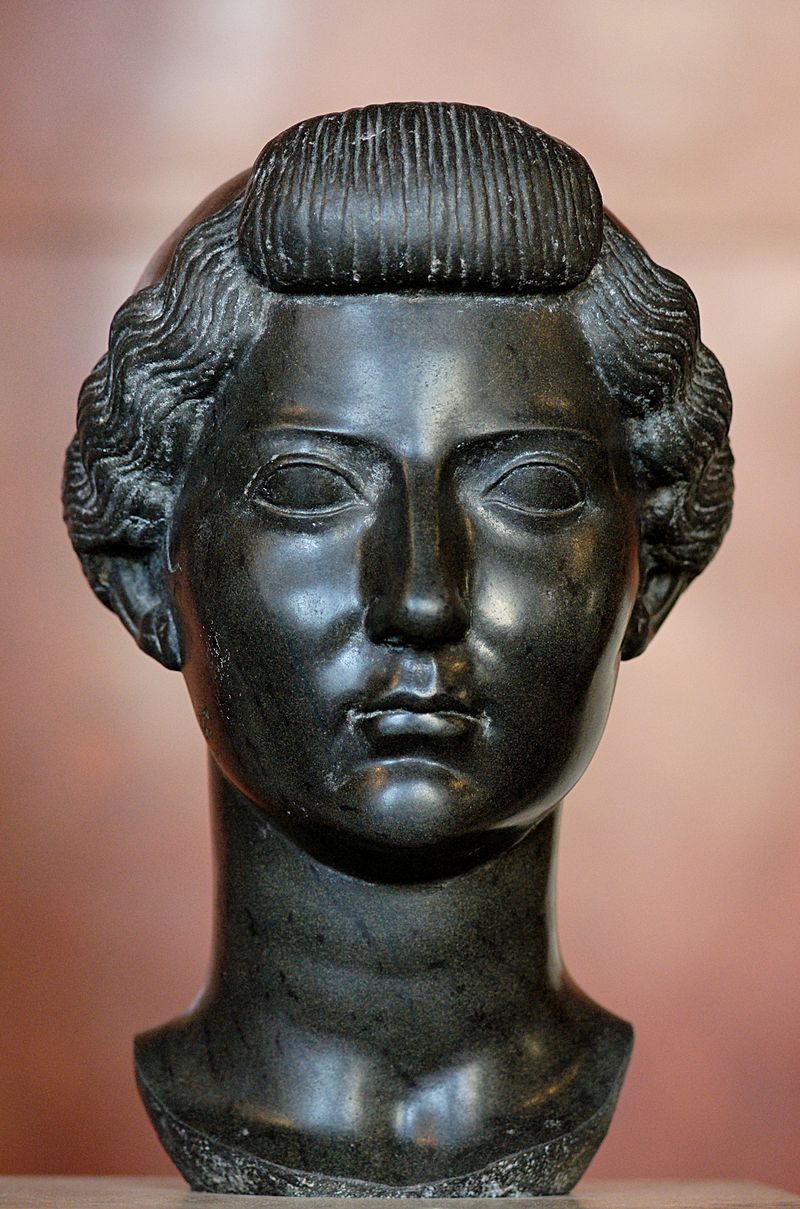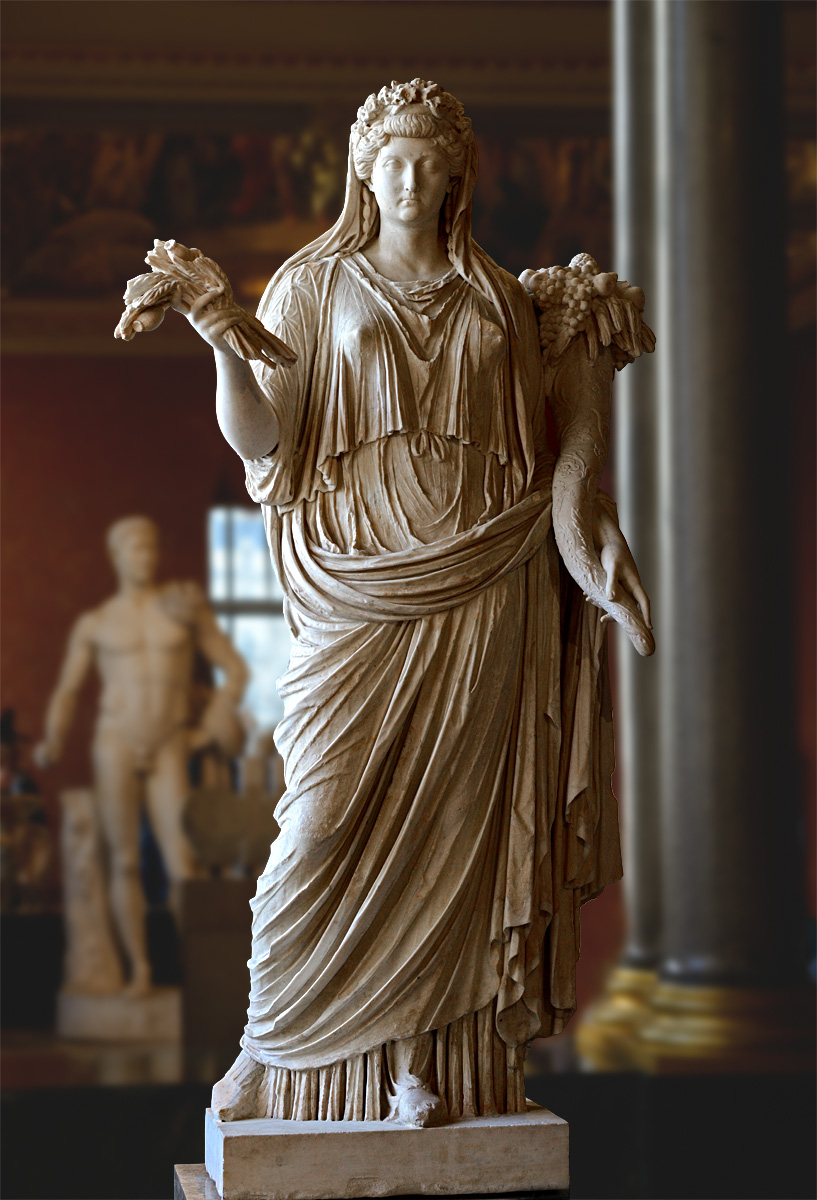The dawn of a new dynasty: Octavian, future Roman Emperor Augustus, divorced his wife, Scribonia, on 17 January 38 BCE. The divorce date, which coincided with arrival of Octavian and Scribonia’s daughter, Julia, was arranged hastily so that Octavian could marry Livia Drusilla. The two would go on to become one of the most powerful political couples of the Roman Empire.
Octavian married Scribonia in 40 BCE for primarily political purposes, as her father had allegiances to Sextus Pompey, a Roman general with whom Octavian wished to develop an alliance. And older bride who had already married and had children, Scribonia endured a conflicted relationship with Octavian. Suetonius suggests that Octavian believed Scribonia the source of this conflict, and thus when Octavian made the acquaintance of Livia he purportedly became immediately enamored with her.
His pursuit of Livia, however, also had political motivations. Her father, Marcus Livius Drusus Claudius, another who had once presented opposition to Octavian’s rule. In addition, this courtship had complications, because at the time of their introduction Livia was already married to Tiberius Claudius Nero and was expecting their first child. Undeterred, Octavian forcefully convinced Tiberius to divorce, and soon after Octavian and Livia were wed.
Despite the scandalous series of events in their early years, Octavian and Livia proved a perfect match to be Rome’s political powerhouse. As Suetonius summarizes their 51-year union: “[Octavian] loved and esteemed [Livia] to the end without a rival.” History records Livia as an unusually influential Roman matron and a key figure in Roman politics even after Octavian’s (Augustus’) death in 14 CE.
Further Reading:
Elizabeth Bartman, Portraits of Livia: Imaging the Imperial Woman in Augustan Rome (Cambridge University Press, 1998).
Bust of Augustus. Glypthotek, Munich.
Portrait of Livia, c. 31 BCE. Basalt. Louvre Museum, Paris.
Augustus of Prima Porta, c. 20 CE. Capitoline Museums, Rome.
Livia as Ceres, c. 15-45 CE. Marble. Louvre Museum, Paris.



